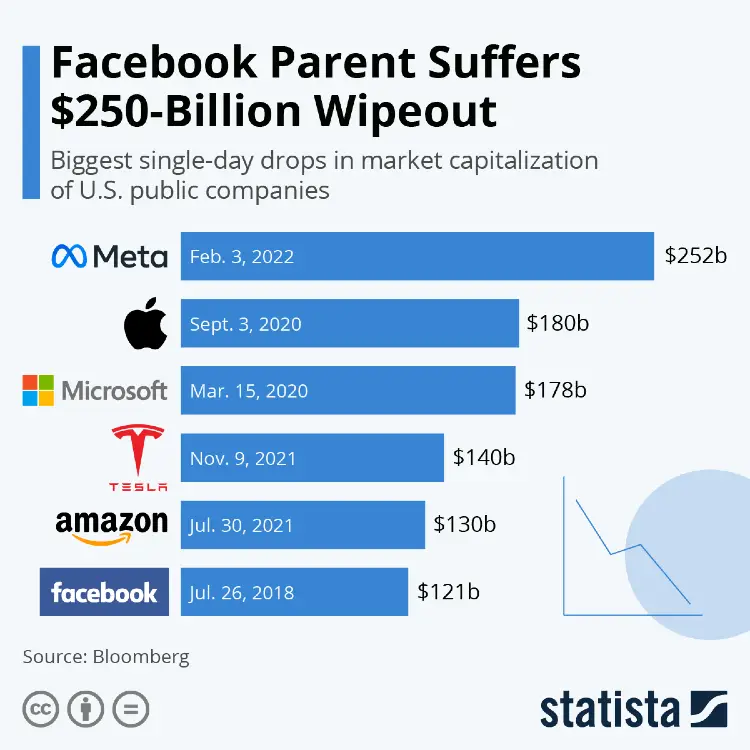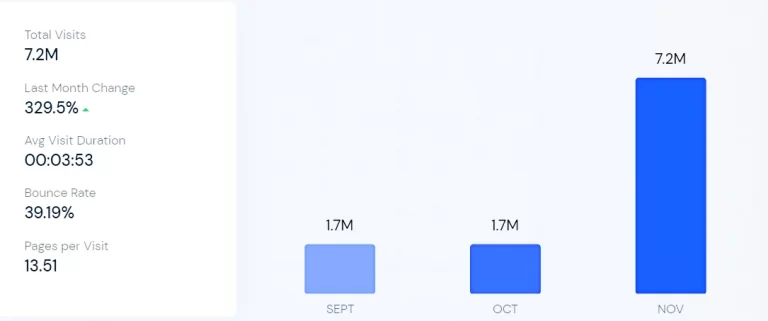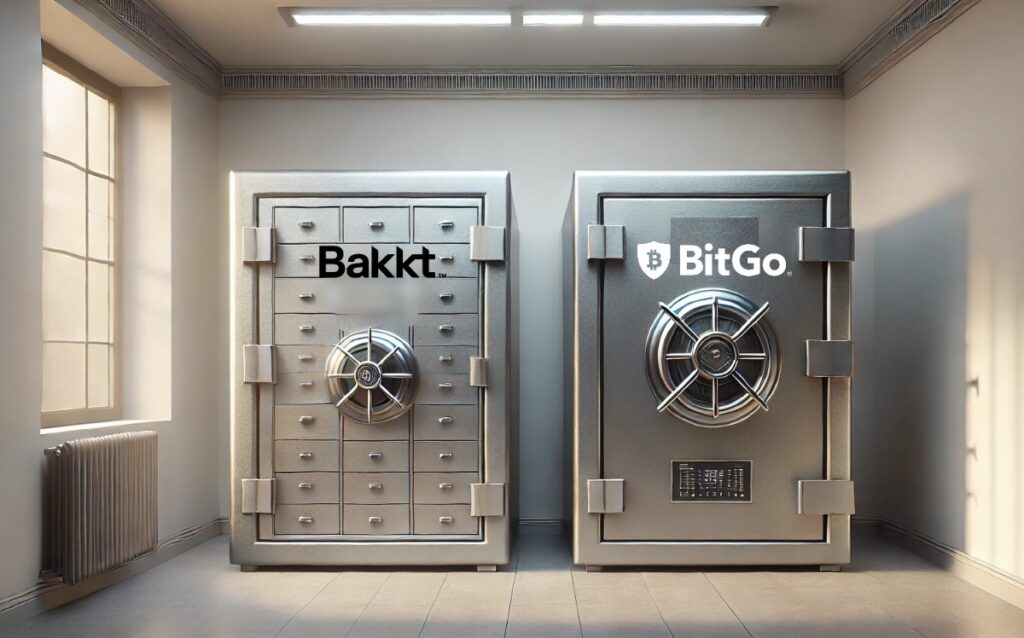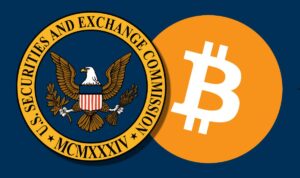Metaverse land is a new frontier for property investors and developers in the digital realm. This article explores what Metaverse land is – and how to buy it.
The word metaverse shot to prominence in late 2021 following the Facebook rebrand to Meta and its decision to fully explore the space. This triggered a chain reaction of top brands including Nike and Adidas jostling for land plots in the metaverse.
The metaverse is simply a digital representation of people, places, and things. In this digital iteration of the world, users can create, own, collaborate and explore with others without the need for physical contact. Facebook refers to it as “a set of virtual spaces where you can create and explore with other people who are not in the same physical space as you.”
The metaverse has grown in leaps and bounds with digital investment firm Grayscale estimating that the industry could be a $1 trillion annual revenue market in coming years. The metaverse real estate industry is already bustling with activity as purchases worth millions of dollars have taken place over the last few months.

Infographic Source: Statista
What is Metaverse Land?
At the foundation of the metaverse is land – or at least a digital representation of a plot of land. In the metaverse, land plots are used to build digital buildings including virtual homes, office spaces, museums, concert venues, and even monuments. Like real-life, these three-dimensional spaces have seen their values skyrocket to dizzying prices based on the locations of the property. Prime locations in the metaverse equal high-value land just as they do in the real world.

And as in the real world, metaverse land gets its value from the fact that there is a limited amount of available real estate on the metaverse platforms. The concept of scarcity adds value to plots as rarity plays a key role in price appreciation. For example, Decentraland, a leading metaverse platform, has only 90,601 plots while The Sandbox platform has 166,464. As more investors flock to the space, the prices of individual virtual land plots are trending upwards.
In November 2021, Metaverse Group purchased a parcel of land on Decentraland for a staggering $2.4 million and revealed plans to use the property for hosting fashion events and selling digital fashion items. With a strategic purchase such as this, if the Metaverse Group is successful in attracting visitors to its digital property, it might decide to rent out virtual spaces to fashion brands looking to sell products in the space.
Apart from making outright sales and generating capital gains, investors in digital real estate have the option of earning passively by renting their properties to brands and other users. While renting, the values of the property in question could still be on the increase until whenever the owner wishes to sell. Metaverse land can also be used as a museum for the display of NFT art or as an event venue with the owner charging visitors a gate fee.
Where To Buy Metaverse Land
Users looking to make purchases in the metaverse can do so on several leading platforms such as Decentraland, The Sandbox, and Axie Infinity. The Decentraland metaverse was launched to the public in February 2020 and since then, the project has steadily grown its user base. According to NFT Stats, the average land price on Decentraland goes for US$26,900 and MANA, the project’s native token used for purchases, trades at $3.72.
The Sandbox is also a market leader in the virtual property space with brands like Adidas shelling out a small fortune to purchase a plot in it. SAND, the project’s native token, exchanges at $6.82 while average land prices sell for $13,800 according to data from NFT Stats.
Axie Infinity’s metaverse rose to prominence as a Play-to-Earn game with users buying digital land as an integral part of the gameplay as the virtual property can be used to host shops and produce resources. In November 2021, a single plot of land on the platform sold for a whopping $2.3 million, and Axie, the platform’s native token, traded at $106.87.
How To Buy Metaverse Land
Metaverse real estate investing is not an overly complicated process, but for those with no crypto experience, there will be many new concepts to grasp.
The first thing is for users to create a crypto wallet and fund it with the approved cryptocurrency of the chosen platform. Users must link their digital wallets with the desired platform before being allowed to make any purchases. Metamask is a widely compatible digital wallet used in the space today but there exists an array of choices available to investors. You will have to join the platforms with the wallet they recommend – or sometimes a traditional user name and password option is available. Decentraland and others will let you enter as a guest, which is a good option if you just want to get the lay of the land.
For Decentraland, MANA is the required cryptocurrency for purchases while The Sandbox and Axie Infinity make use of SAND and AXIE respectively. Investors can get these tokens from popular cryptocurrency exchanges like Binance, Coinbase, and Kraken. Importantly, though, digital land purchases are typically denominated in the native token of the platform dollars so be sure you know what the current token value is, as cryptocurrency prices are very volatile.
After funding your crypto wallet with the prerequisite token, you log in on the platform and visit the property marketplace to view available listings.
After comparing prices and selecting a plot on the platform, you go ahead and make the purchase. The land is then stored in your digital wallet as an NFT and can be managed like other digital properties.
The video below shows how to purchase virtual property on Decentraland. The process is similar on other platforms. In addition, virtual properties from a range of platforms are also listed for sale on the OpenSea NFT marketplace.
Conclusion
Aside from the benefits of making passive income with metaverse land, investors also don’t have many of the challenges that are faced by real-world property investments. In traditional real estate, managing and maintaining a property can be costly. There is also the challenge of taxes and levies accruable on physical lands that don’t yet exist in metaverse properties. This is not to say they won’t in the future, though, as metaverses are often DAOs (Digital Autonomous Organizations) and token holders usually have governance rights and could vote to implement a taxation structure in order to increase the return on their investment.
For all its benefits, there is also the problem of fair valuation of metaverse land prices – because the industry is still in its infancy. As an investor, before purchasing metaverse land, you should consider the potential for growth of the platform you want to buy on. If metaverse platforms follow a similar trajectory to cryptocurrencies, there will be some spectacular winners and many other platforms that will fail to capture an audience. Also, price appreciation in the crypto and blockchain world is mostly driven by speculation, as opposed to the fundamentals of the various projects. There’s no reason why a similar dynamic won’t be at play in the metaverse property sector too.
Will there be an influx of users and brands to the platform you purchase on? It’s too early to say, but the fact that platforms like Decentraland and Sandbox have limited the number of available plots at least means scarcity is guaranteed – just as it is in the real world. For now, traffic to these sites is also showing phenomenal growth.

For example, statistics from Similar Web show that in November last year, traffic to Decentraland increased 202% – from 1.3M to 5.5M a month – over its October numbers. At The Sandbox, the increase was even greater, with November traffic up 329% – from 1.7M to 7.3M – over the preceding month. There’s no doubt these results were significantly impacted by the Facebook announcement at the end of October, that the company would be rebranding to META, and it will be interesting to see which platforms can maintain this momentum in 2022.







